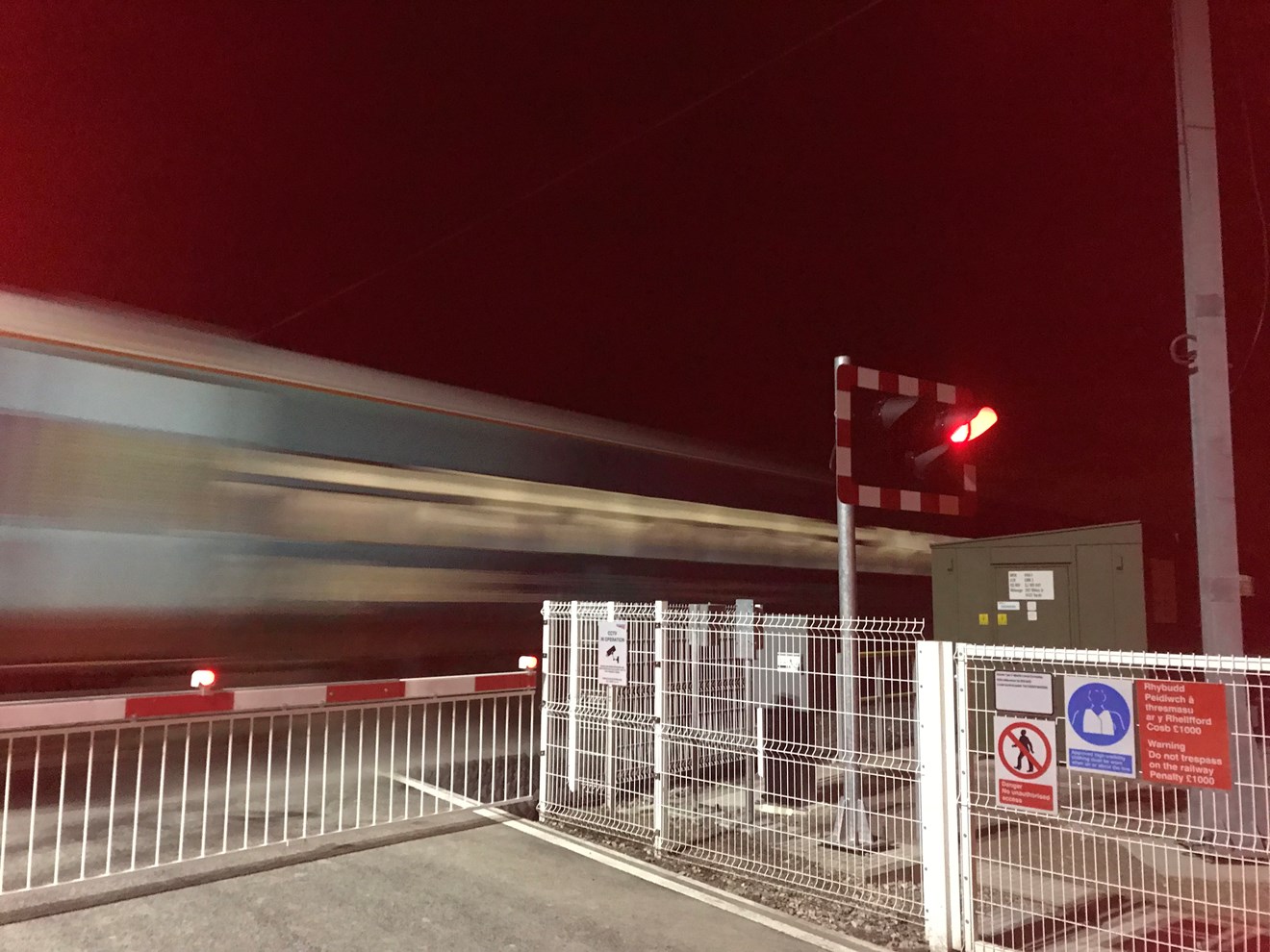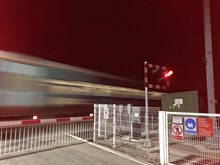Chippenham, UK, 2018-May-02
The commissioning of the new signalling system forms part of a £50 million investment by Network Rail on the North Wales coast as part of its Railway Upgrade Plan. The North Wales Railway Upgrade Project also includes track upgrades in Mostyn, Rhyl, Flint and Abergele, as well as station enhancements.
The NWC programme covered the re-signalling of mechanical signals and signal boxes on the 30-mile section of line between Flint and Colwyn Bay, with the route being re-controlled to the Cardiff-based Wales Rail Operating Centre (ROC) and covered 99 signal equivalent units, one manually controlled level crossing (with CCTV) and eight user-worked level crossings.
Siemens’ low cost solution has been developed specifically to allow rural and secondary lines such as NWC to be cost-effectively upgraded. Using templated designs, standardised plug-and-play equipment and off-site hangar testing, the system has at its heart simplicity of design and fast and efficient installation and delivers significant benefits for Network Rail, the rail operating companies, and ultimately, the passenger.
Although the low-cost signalling technology was proven, the cost and efficiency of the delivery process was not and the NWC programme was identified as an ideal project to monitor and assess this critical element of the overall solution. Now complete, the project has demonstrated more than 25% saving in cost compared to a conventional solution, with the investment expected to generate a return within 10 years on operational and maintenance costs alone.
Cost savings were not simply achieved through cheaper materials (including lightweight structures, LED signals and fibre networks), but also from the new delivery process. For example, the number and cost of disruptive possessions was a fraction of a conventional scheme, as were the costs and time required for implementation and testing. The use of off-site, hangar testing also meant that testing was carried out in a virtually hazard-free environment, with the tester and design engineers being co-located and so able to discuss and resolve any issues quickly and efficiently.
As part of the works, Siemens also installed a new telecommunications infrastructure, with the company’s engineers commissioning over 40 new lineside phones which are now connected to the Wales ROC. Finally, equipment from the redundant signal boxes was recovered.
Speaking after the commissioning, Siemens Delivery Director, Andy Stringer said: “The NWC project has demonstrated the cost savings that can be achieved through the use of a low-cost solution, enabling a positive business case for the re-signalling of secondary routes to now be built.
“This project has already been delivered for less than 75% of the cost of a conventional scheme, but as the first to be delivered in this way, there are lessons to be learned and further savings to be made. Siemens is already providing additional investment to refine our low-cost, digital-ready solution which will deliver an additional 10% cost reduction.”
The Siemens system is also ‘digital ready’ such that a traffic management system (TMS) can be built in and ETCS can be overlaid if required. This capability provides an opportunity for operators to integrate with other local transport networks and take advantage of all the benefits that TMS and digitalisation can deliver.
Siemens Rail Automation is a global leader in the design, supply, installation and commissioning of track-side and train-borne signalling and train control solutions. Its portfolio includes train control, interlocking systems, operations control systems, components, track vacancy detection, level-crossing protection, rail communications, cab radios, station systems and cargo automation for both passenger and freight rail operators.
Siemens employs over 15,000 people in the UK, with 1,650 people working in the Rail Automation division from offices in Chippenham, London, Croydon, Poole, Birmingham, Ashby-de-la-Zouch, Manchester, York, Glasgow, Newport and Derby. For more information, visit www.siemens.co.uk/rail.
-Ends-


